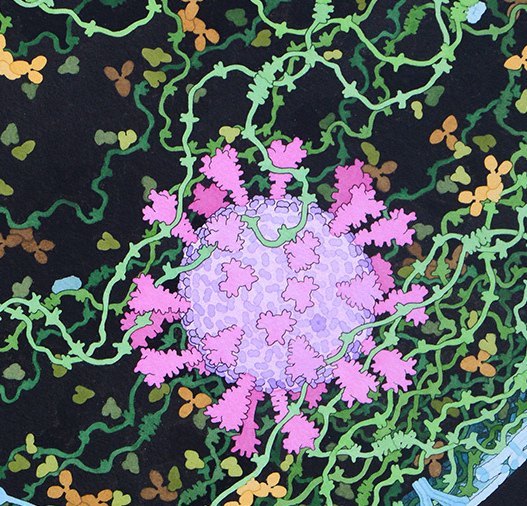Message from RCSB PDB
Leveraging RCSB PDB APIs for Bioinformatics Analyses and Machine Learning Part 1
Thursday October 12th 16:00 - 18:00 UTC (12:00 - 2:00 PM EDT / 9:00 - 11:00 AM PDT)
Join the RCSB PDB in virtual crash courses in October to learn how to Leverage RCSB PDB APIs for Bioinformatics Analyses and Machine Learning. This virtual course consists of 2 parts.
Part 1 will introduce the Data and Search APIs in a lecture format. Part 2 will offer hands-on exercises.
Who Should Attend
- Bioinformatics or structural biology researchers
- Researchers that need to cross- reference PDB and data from other resources
- Anyone interested in large scale analyses of structural data (experimental or computational)
Registration is required for the Zoom meeting information, but attendance is at no charge. Visit RCSB PDB for details and registration.
ASBMB Webinar: Teaching enzymology with the Protein Data Bank: from pandemic to Paxlovid
Thursday October 19, 2023 (2:00 - 3:30pm EDT)
Learn how to navigate the RCSB PDB website to visualize each 3D structure and explore various annotations; compare the shapes, interactions and functions of groups of PDB structures with similar sequences and/or similar structures; and use RCSB PDB data, tools and resources to enhance classroom instructions and build lessons for teaching about enzymes.
Who Should Attend:
- Faculty members who teach biochemistry courses that involve structure-function relationships at all levels.
- Graduate students and post-doctoral fellows who are interested in teaching and science communication.
| Snapshot: October 1, 2023 | |
|---|---|
| 210,180 | Released atomic coordinate entries |
| Molecule Type | |
| 182,176 | Proteins, peptides, and viruses |
| 4,319 | Nucleic acids |
| 12,170 | Protein/nucleic acid complexes |
| 11,288 | Protein/Oligosaccharide |
| 22 | Oligosaccharide (only) |
| 205 | Other |
| Experimental Technique | |
| 178,569 | X-ray |
| 14,093 | NMR |
| 17,178 | Electron Microscopy |
| 226 | Multi Method |
| 77 | Neutron Diffraction |
| 37 | Other |




